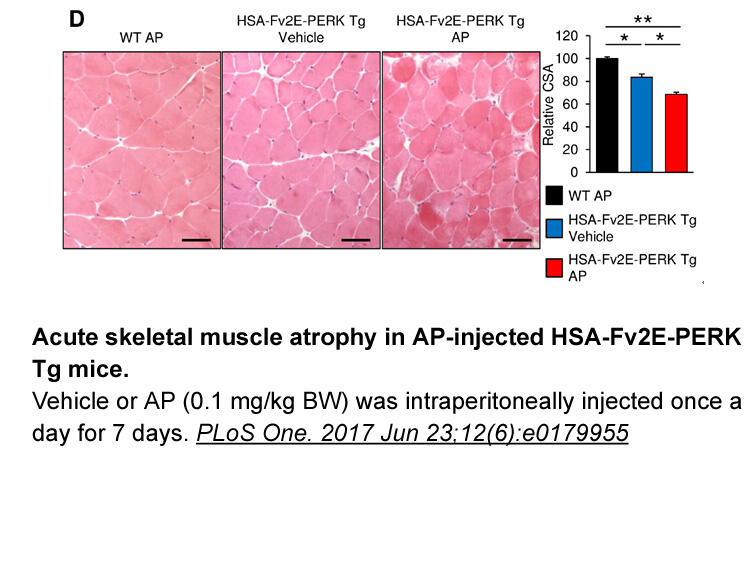Archives
RQ What are the different factors
RQ2: What are the different factors that influence the decision to choose among different component origins? In total eleven factors grouped into three high-level themes that influence the decision to choose a component origin were identified. The project metrics factors are: time, cost, effort and quality. External factors such as market trend, source code availability, technical support and license were identified. In addition, the software development activity factors such as integration, requirements, and maintenance activities that have an impact on the decision were identified. The results from empirical are supporting and complementing results from non-empirical studies. However in some cases, conflicts are identified (see for example Table 20). The conflicts are due to the context dependencies.
The project metrics and external factors positively affect the adoption of OSS components. However, the trade-off between development effort and 17 aag effort needs to be considered when choosing between in-house and OSS components (see Fig. 6). Whereas, when external factors are considered, the context dependencies on the source code availability and technical support factors need to be considered (see Fig. 5). The software development activity factors positively affect the decision to adopt OSS components and in-house development. Overall COTS has a negative impact on adoption however, it is preferred over OSS and in-house when following the market trend is important.
RQ3: What solutions have been proposed to choose the component origin? The solutions were mainly focused on choosing between in-house development and COTS and were mainly based on optimization models.
Three decision levels are shown in Fig. 1. The factors influencing provider selection are different from component origin selection (Khan et al., 2011). The factors influencing component selection are similar to the factors influencing component origin selection (Morandini et al., 2014). For example, the component integration effort is considered in component selection. However, the comparison with development effort is not considered. The decision to select the component origin must be taken first before selecting the component. While there are secondary studies on provider selection (Khan et al., 2011) and component selection (Morandini et al., 2014) level, this systematic literature review is the first secondary study on selecting component origin. The research field of choosing between component origins is in great need of future studies to provide comprehensive approaches to support decision-making. This is true in terms of the number of solutions proposed, and the extent to which empirical evaluations have been conducted.
Acknowledgement
Introduction––COTS and safety management
For the achievement of safety, modern safety standards demand the appropriate choice and management of processes throughout the development life cycle. Then, for the  demonstration that adequate safety has been achieved, the standards require evidence that the appropriate processes were indeed used. Some standards, for example the international safety standard, IEC 61508 (Redmill, 1998; IEC, 2000) provide guidance on what processes are appropriate at each stage. However, since the use of some processes is considerably more difficult, lengthy and costly than that of others, a demand for all systems to be equally ‘safe’, or as safe as possible, would lead to many being prohibitively expensive. Thus, various methods of categorising safety requirements have been introduced. For example, IEC 61508 defines a scheme of ‘safety i
demonstration that adequate safety has been achieved, the standards require evidence that the appropriate processes were indeed used. Some standards, for example the international safety standard, IEC 61508 (Redmill, 1998; IEC, 2000) provide guidance on what processes are appropriate at each stage. However, since the use of some processes is considerably more difficult, lengthy and costly than that of others, a demand for all systems to be equally ‘safe’, or as safe as possible, would lead to many being prohibitively expensive. Thus, various methods of categorising safety requirements have been introduced. For example, IEC 61508 defines a scheme of ‘safety i ntegrity levels’ (SILs) in which the need for greater risk reduction is represented by a higher SIL, on a scale of 1–4. Then, the higher the SIL the higher must be the rigour of the techniques, tools and management processes employed during system development.
ntegrity levels’ (SILs) in which the need for greater risk reduction is represented by a higher SIL, on a scale of 1–4. Then, the higher the SIL the higher must be the rigour of the techniques, tools and management processes employed during system development.